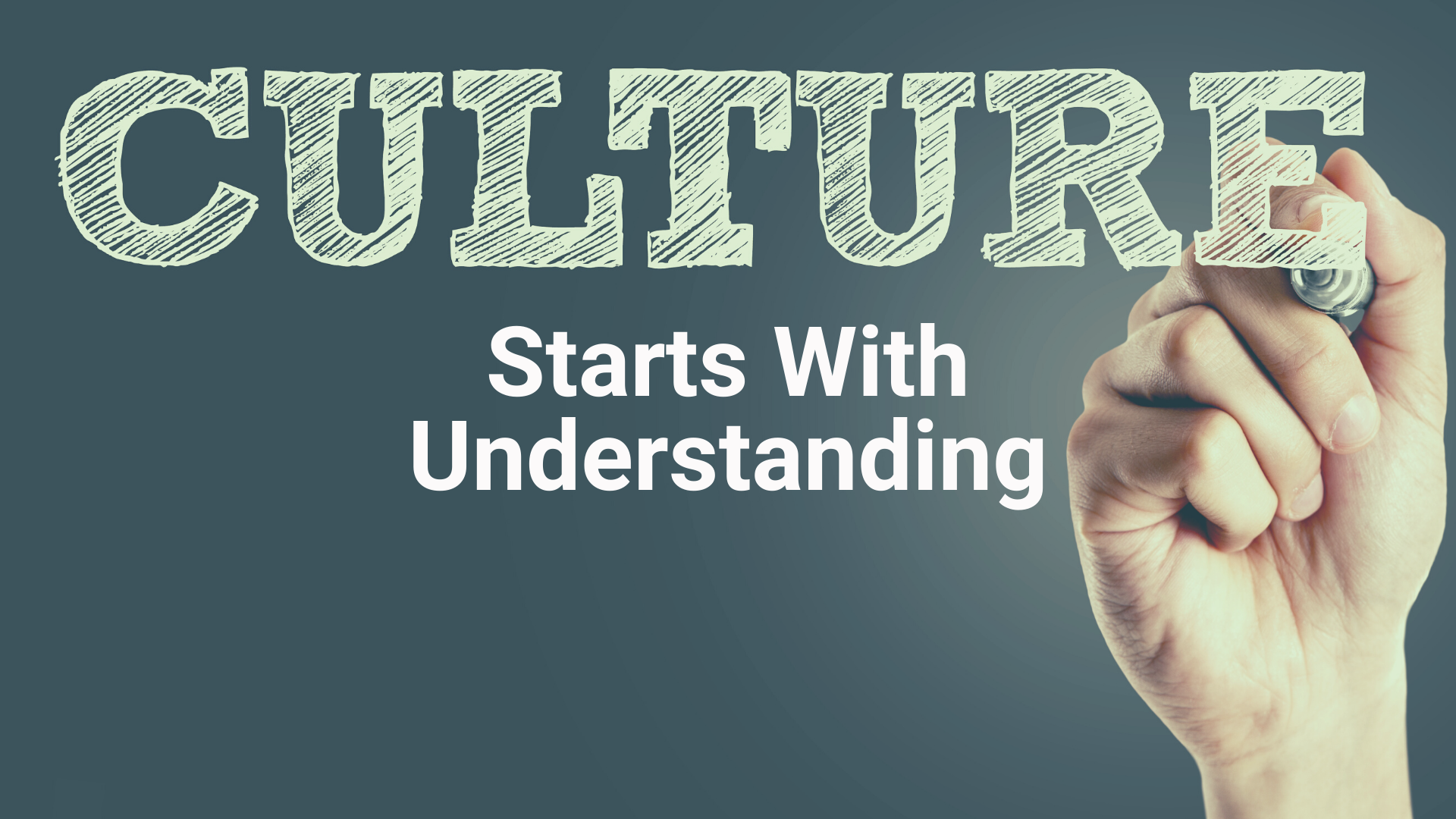What kind of leader are you?
You obviously want to encourage your team to do their best work and get better over time.
But which is your go to approach?
Do you cheer them on?
Or...
Do you point out what could be better?
What do you shine a light on most of the time?
What do you give oxygen? What do you starve of it?
Maybe you can’t pick one over the other.
If that’s because you’re truly balanced in your approach, hurray!
Could it be though, that you’re not aware of any bias? And that that’s creating outcomes and experiences for those around you that are less than optimal?
Either way, balance is key and this article shines a light on why you want to listen to and talk about both the positives and negatives.
Let me start with an illustration of two leaders who are at opposite ends of the spectrum.
Two different leadership styles
Meet Tania and Sally.
Both get things done and their careers unfold rapidly.
Both are in pursuit of results and excellence and motivate and support their teams.
But how they go about it is entirely different.
Tania is blind to problems. They don’t exist until they hit her in the face. She’s the proverbial “Don’t bring me problems, bring me solutions” type.
Sally, on the other hand, is blind to successes. They’re quickly forgotten. She’s forever on the lookout for and guarding against what could stop them from doing any job “the best way.”
As a result, neither of them has a clear view of reality.
Both only see and hear about 20% of what actually goes on around them, and where their skills and expertise are needed to grease the gears.
You might think you’d prefer to work with Tania for her positivity.
But then you forget how exhausting it is when someone doesn’t want to hear what you struggle with. When they expect you to always have an answer and a solution.
Or maybe you’d prefer to work with Sally for her recognition of the challenges of your job.
But then you forget how exhausting it is when someone never stops to enjoy what you’ve accomplished. When they expect you to always improve and you can never feel good enough.
Despite their achievements, neither Tania nor Sally manages to create the conditions for their team to truly excel. Their limited view of reality impacts their teams far more than you might think.
- It colours how their teams experience their work.
- It twists how seen and heard they feel.
- It taints how willing and able they are to contribute.
If not consciously then without a doubt subconsciously!
Good leaders have a clear view on reality and know to balance the good and the bad.
In case you’re not convinced yet, let’s dig a little deeper.
Communication Is a Four-Way Street
The saying is communication is a two-way street.
And on the surface it is. But in my experience, there’s a whole lot more to communication than speaking and listening.
- You communicate when you speak (or write). That’s the one we all know, find easiest to do, and the one we feel most in control of.
- But you also communicate when you don’t speak. With what you don’t talk about because it doesn’t bear or need mentioning.
- And you communicate when you don’t speak because it’s your turn to listen. How do you listen? Are you present? Distracted? Interested? Empathetic? Aloof? Detached? It all speaks volumes to the person you’re talking with.
- Finally, you communicate when you don’t (want to) listen. Like Tania not wanting to hear about problems and Sally not lingering on successes. It paints a clear picture for everyone around you about what they can and can’t bring to your attention.
That’s the four-way street.
If you factor in what your actions and inactions say, after all, they speak louder than words, then you get to a six-way street and there are probably many more things to factor in.
My point: communication is complex. It’s about everything you say or don’t, everything you listen to or don’t, everything you focus on or ignore.
It all sends a message.
But there’s more.
Listen to and Talk About the Good and the Bad
Why would you listen to and talk about the bad, the difficulties, the struggles, the frustrations, the fears? Why do that when it’s so much more agreeable, and fun, to listen to and talk about the good stuff, the triumphs, the windfalls, the inspiring?
It’s all about balance.
About acknowledging the good and the bad, the achievement and the effort.
About optimism versus positivity.
Because when you lean one way or the other like Tania and Sally, you detract from the fullness of reality, everyone’s reality.
When you don’t acknowledge the difficulty people go through, you diminish their achievements.
When you don’t acknowledge people’s achievements, you diminish their efforts.
And there are practical reasons too.
- You want to hear about what the people in your team struggle with as soon as possible, not when it’s already done damage.
For example, would you prefer to hear about someone’s personal struggle when you can still support them and put some measures in place to minimize the impact for them and for you? Or would you rather hear it when their performance has already dropped below acceptable and your results are showing it?
Another example. Would you prefer to hear about someone’s insecurity about their competency to do a job when you ask them to do it so you can get them some training or a mentor? Or when they’ve struggled for weeks and not produced what’s now become an urgent matter for your own success?
- You want to hear about setbacks — outcomes you don’t prefer — as soon as possible.
Why? So you can guide your team in working out a different approach and not lose more momentum than necessary.
- You want to talk about your own struggles and setbacks to your team.
Why would you want to be that vulnerable? Because it tells them it’s safe to talk about theirs. And that increases your chances of hearing what you need to hear early enough.
- You want to hear the good no matter how tiny a win it may seem.
Why? Because it gives you a chance to acknowledge and celebrate them. Doing that frequently helps build momentum and motivation, and it helps sustain them in the face of setbacks.
- You want to talk about your own achievements.
Really? Yes.
Not to brag, but to model how to share achievements despite hurdles and send the message that it’s okay to share wins so you’re more likely to hear theirs and have an opportunity to celebrate them.
- You want to talk about your team’s achievements and make sure they hear it too!
Again, not to brag to your peers, but to give your team the acknowledgment and recognition they deserve. Hearing you say it to others adds a whole new dimension. You’ll almost be able to see them grow in front of your eyes.
- You want to talk about achievements even when there’s still a long way to go.
Why? Because the energy people get from recognition of their achievements, will go a long way to dealing with what’s still ahead.
And just imagine what that recognition will do for their confidence and their capacity to innovate, change, and be creative.
Plus it’s simple behavioral science: nothing like a pat on the back to reinforce the behavior that led to the achievement rewarded and motivate someone to do more of it.
Now, listening to and talking about the good and the bad is a good start.
But there’s one more thing you want to listen to.
What Silence Can Tell You
Surprisingly perhaps, silence isn’t an absence of communication.
A silence in response to what you say or write is in fact filled to the brim with communication.
The phrase “deafening silence” says it all. The communication is so loud it’s deafening.
Trouble is, it’s hard to know why everybody keeps their mouth shut.
But you can safely assume it’s not positive and not out of agreement.
You always have nodders, people compelled to to voice their agreement. When they keep silent too, or when they’re the only ones saying anything at all, something is amiss.
- You may have touched upon a subject that’s not talked about openly.
- You may have unwittingly insulted someone so badly, everyone keeps their mouth shut out of embarrassment.
- You may have stepped on toes so hard, you’ve left them speechless.
- ...
There’s a lot to learn if you’re willing to take the trouble to find out.
Similarly, there’s a lot to learn from what doesn’t come up in conversation naturally.
These topics say a lot about the culture, “the way things are done around here.”
Undiscussed topics speak loudly about:
- What’s not done, what doesn’t bear discussing.
- What’s so obvious it doesn’t need discussing.
Trouble is you’re afflicted with shared convictions too, so it’ll be hard to spot them even when that’s absolutely necessary for any change to take hold.
You can get around that in two ways:
- Make a list of what people should be talking about to work the way you want your company’s culture to be. What they should be considering and weighing for their day-to-day decisions. And then listen for what’s missing in the conversations.
- Talk with new hires. They haven’t been indoctrinated in the ways of your company long enough to grow blind and deaf to them. Ask them what surprised them, what they had to adjust to, what irritates them. Their answers will surprise you.
Doing this is tremendously helpful, but won’t tell you everything.
Your presence alone will influence what people will talk about and how they’ll do that. And there’s just one way around that: listening in when anonymity gives them total freedom to say what’s on their mind. And yes, that’s exactly what Harkn does.
A balanced approach to employee voice
So, going back to the beginning, what’s your natural tendency?
Is it to focus on the positives or on the negatives?
Or are you already striving for balance? If so, kudos to you!
Because the key in leading and guiding anyone, your team at work, your kids, or your pets is to strike a balance between celebrating what you like and coaxing improvement of what you don’t like (without harping on about what’s wrong).
Changing your focus may feel weird at first, but it’ll be worth it. As you become more balanced, you’ll free your team to become more balanced too and that’ll go far in improving your and their performance.
Learn more about how Harkn facilitates equal voice and live feedback here.






